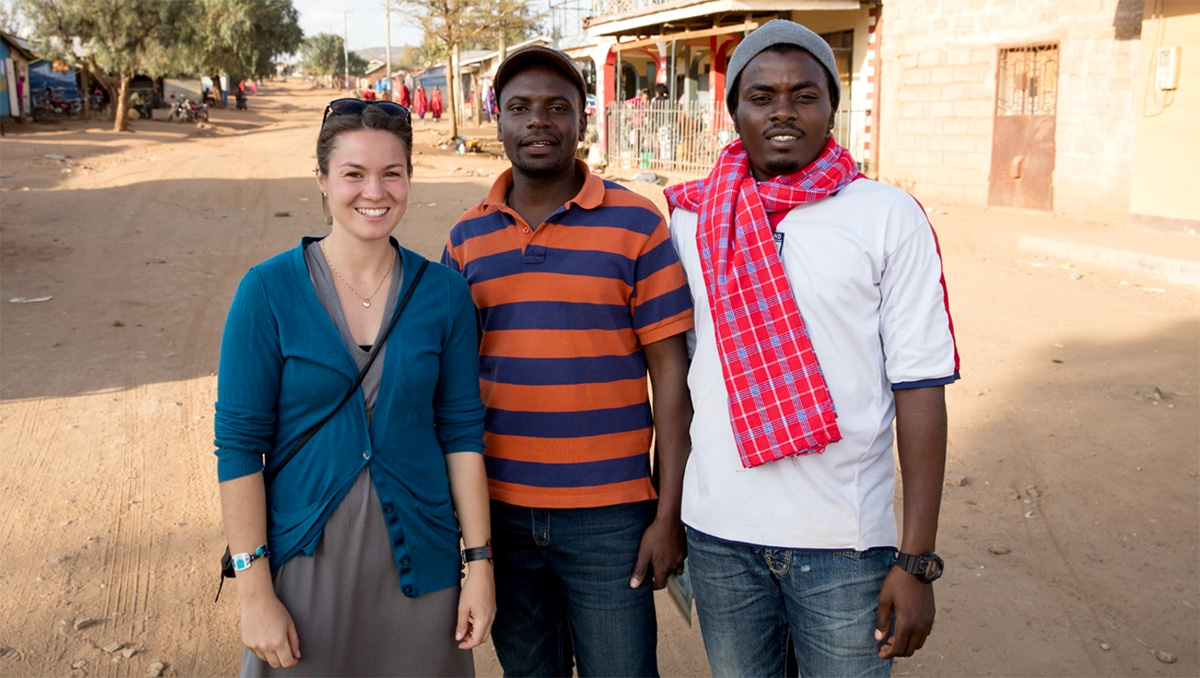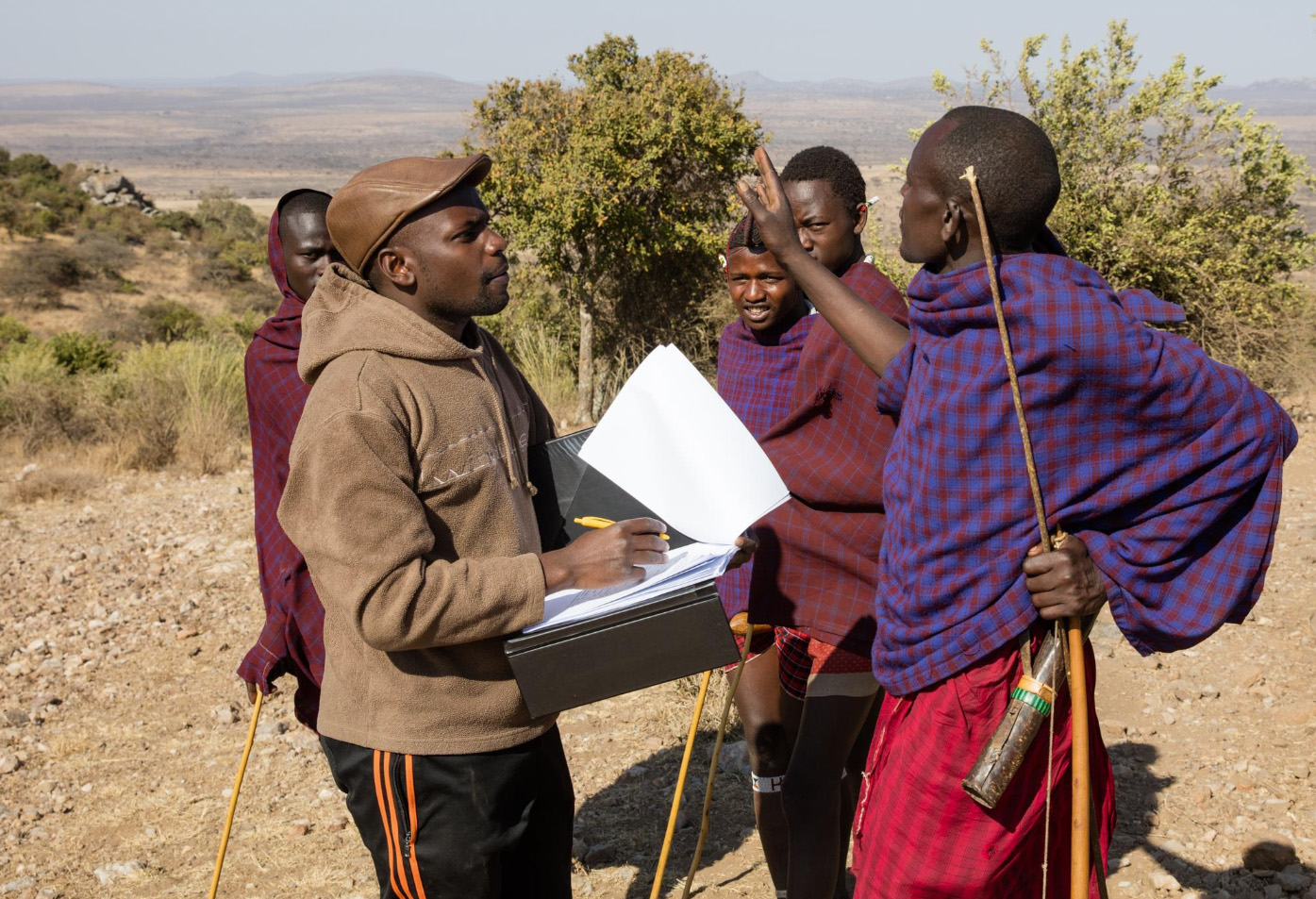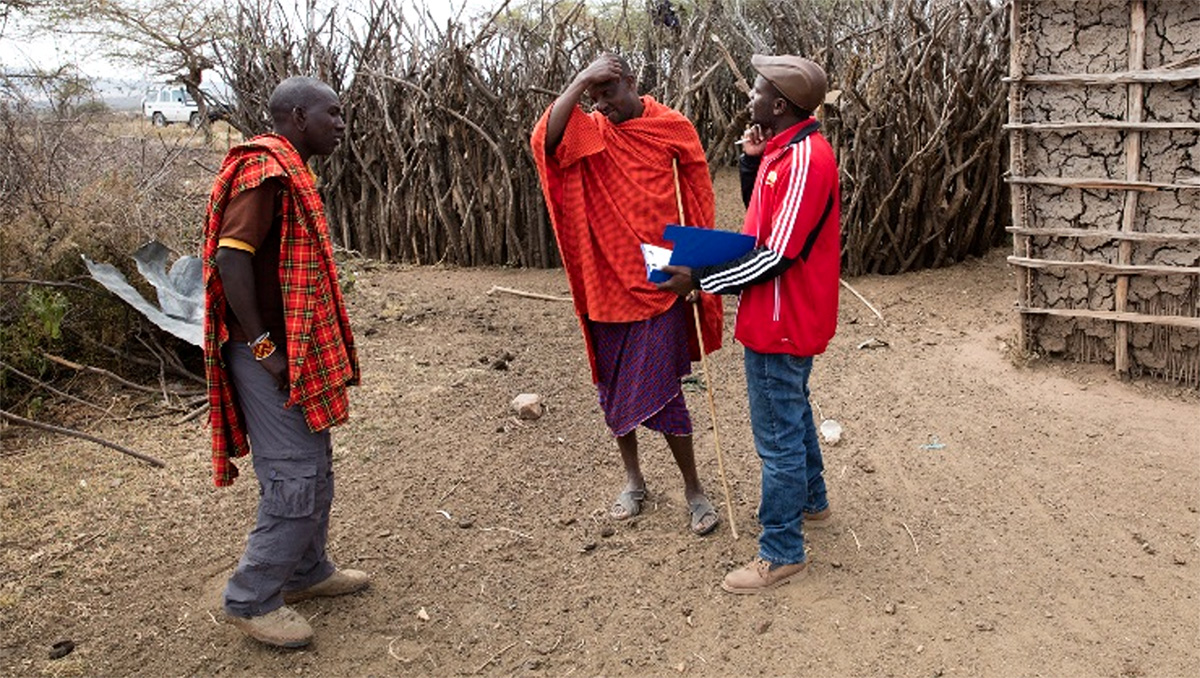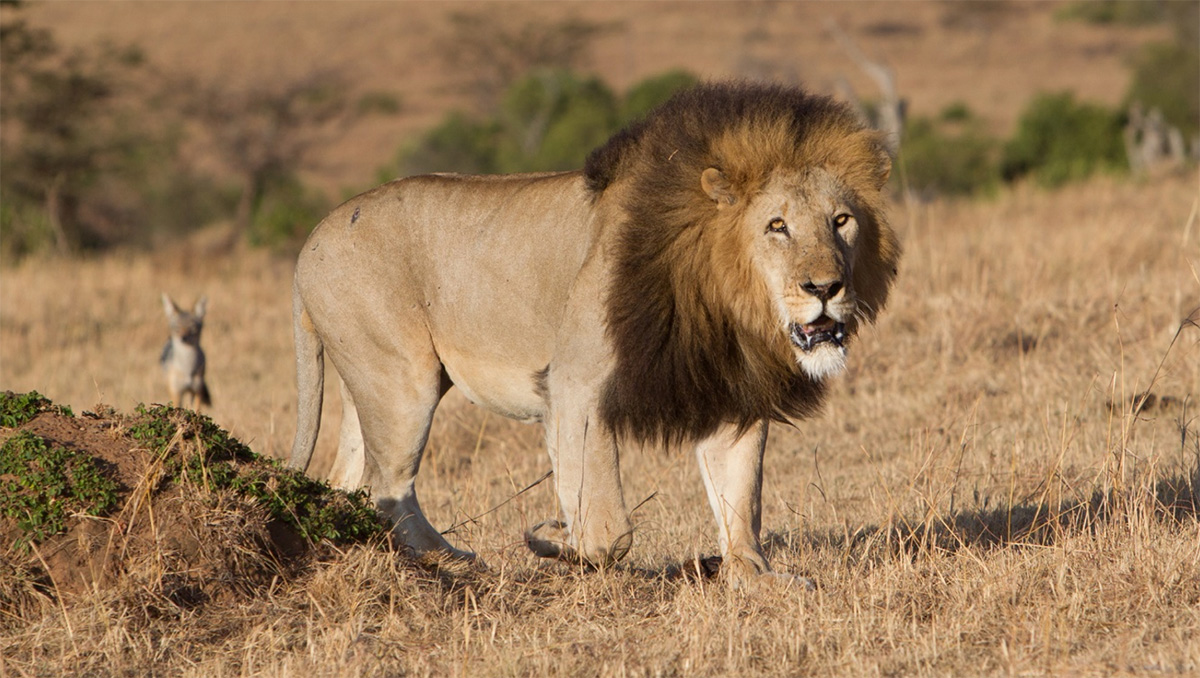I am a PhD student at the Norwegian University of Science and Technology (NTNU) working on human-carnivore conflict and possible countermeasures; a case study in the Northern Serengeti Ecosystem among the Maasai and Sonjo tribes. My research will have six villages, 3 Maasai and 3 Sonjo (Ololosokwan, Oloipiri, Soitsambu, Sale, Yasimdito and Samunge).
Idea of doing this wonderful research came when I was a volunteer at Tanzania Wildlife Research Institute (TAWIRI) working as an assistant researcher. I went out in the field and experienced how Maasai and Sonjo people coexist with wild animals. My interest was a bit biased to see how possible it is for people, livestock and carnivore to live together. Due to land scarcity and human population growth nowadays, these communities they don’t have any option to go away from carnivore. The only option is coexistence, thus means possible countermeasures to help coexistence and curbing depredation rates is imperative.
Four objectives
I have four main objectives and for my first round on my research I did a questionnaire work and playback experiments. First objective aims at assessing the frequency of large carnivore encounters in relation to human-carnivore conflict. Second objective will assess land use change trends in relation to human-carnivore conflict. Third objective is on the possible countermeasure to encourage coexistence and we will test the use of chemoprophylactic program as an alternative consolation scheme and last objective is to compare the techniques used in livestock guarding between Maasai and Sonjo tribes.
The purpose of doing playback experiments will help in estimating carnivore abundance and correlate what respondents says about livestock depredation and encounters frequency. In brief, in Maasai village’s depredation rates and encounters frequency is very high and this is compatible with playbacks. Will have more clear results when I am done with data analyses.

In the evening walking around at Wasso town after a long working day. Photo: Per Harald Olsen/AfricanBioServices
Helpful crew
For the first round of my fieldwork, we were a crew of four people (Per Harald Olsen (NTNU photographer), Solveig (MSc. student who taught secondary schools about ecosystem services and I did translation work), Juma (driver)), everyone with different objective but always helping each other. In reciprocity Per and Solveig did a great job in connecting speakers, taking photos and collecting soil sample in all locations that we had playbacks. Soil sample will be another objective that will estimate wild animals that have been in those locations.
Photos from my PhD research
[metaslider id=440]




